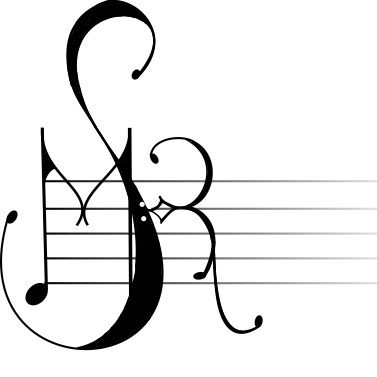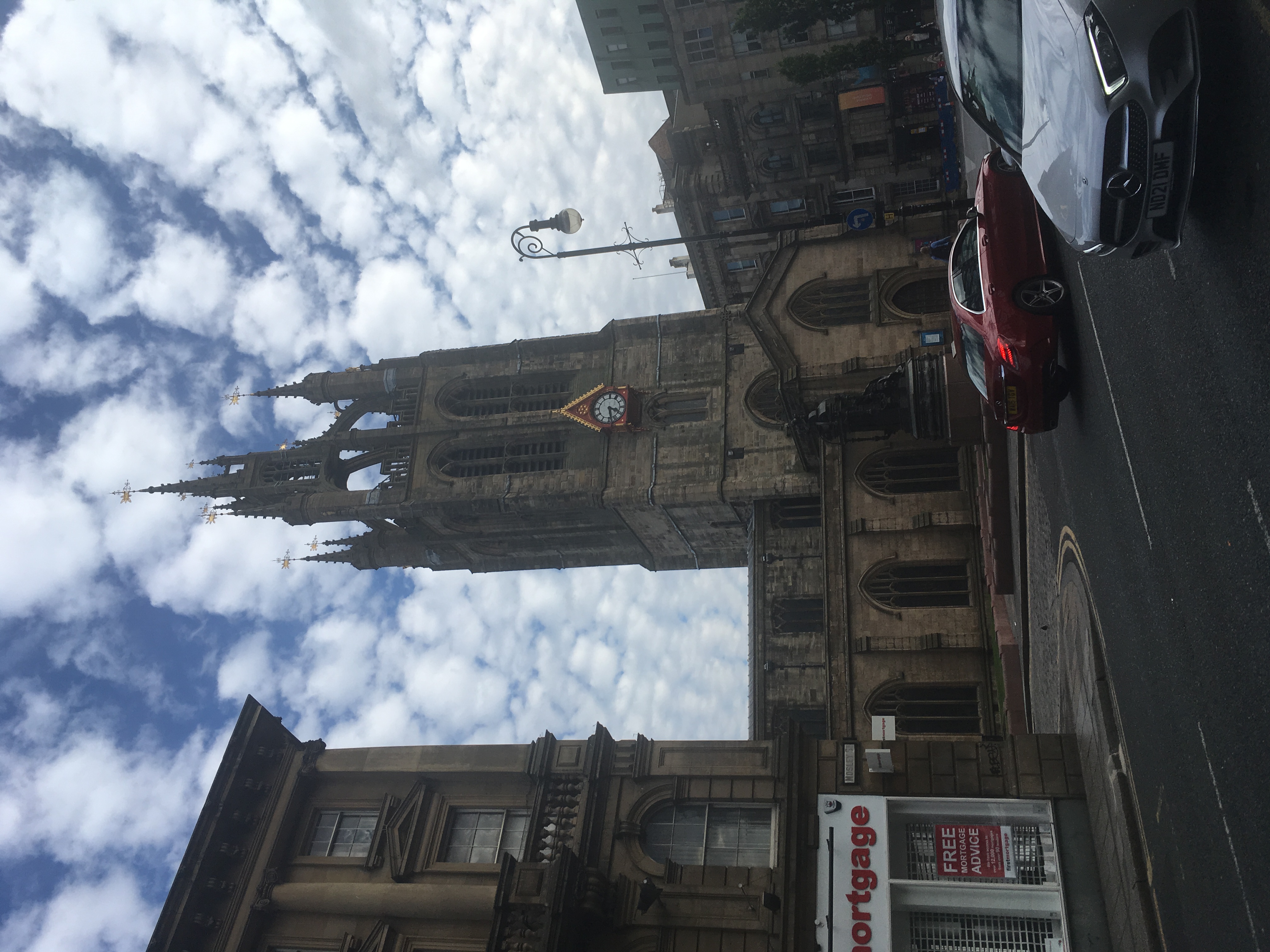In July, I traveled to northern England to give my first in-person international conference presentation in three years. NewMAC 2022, this year’s annual Society for Music Analysis conference, was an international gathering of scholars to discuss the particulars of musical construction, to introduce new analytical methods and modes of musical engagement, and to review and question the history of music theory and analysis. A few select conference highlights included engaging papers on repertoire ranging from the Grateful Dead to Webern (both favorites of mine), an impromptu performance of a Beethoven symphony by renowned pianist and scholar Ian Pace, catching up with some US colleagues that happened to be in the UK, and engaging keynote presentations by James Hepokoski and U-M’s own Áine Heneghan. The trip was made even better thanks to a travel companion (my husband), some great tourist spots (see below for some pictures), and, of course, a few pints at the pub!
Photos: Click to enlarge
Modernist Fragments and Aphorisms: Three Contemporaneous Works After Texts by Hölderlin
Abstract
The terms “fragment” and “aphorism,” despite lacking clear definitions in musical contexts, saturate descriptions of musical works and compositional styles since the Romantic era. However, whereas Romantic musical fragments are guaranteed a sense of closure or openness based on harmonic content, modernist music does not ascribe to the same modes of portraying levels of boundedness. What are modernist musical fragments and/or aphorisms, and how, if at all, do they relate to one another?
To answer this question, I construct working definitions of the two terms based on historically significant models: “aphorism” in the scholarship surrounding Anton Webern and his “miniatures;” “fragment” based on the literary theories of Adorno and Schlegel. I then explore the ways they trickled into and were reshaped by the philosophies of the composers who exalted Webern and Hölderlin as models, especially those associated with the Darmstadt School. After Adorno’s influential 1963 lecture on the poet Hölderlin, “Parataxis: Zur späten Lyrik Hölderlins,” many composers took up the challenge of composing as Hölderlin wrote, wherein “the fragment never holds the possibility of representing the infinite or sublime; instead, it focuses on the rupture inherent in the attempt” (Wetters, 2012)—a preoccupation of the modernist aphorists. To close, I analyze the ways in which Hölderlin’s texts, silence, boundedness, and parataxis play into three sets of fragments: Wolfgang Rihm’s Hölderlin-Fragmente (1976–77), Luigi Nono’s Fragmente-Stille, An Diotima (1977–78), and Bruno Maderna’s Hyperion (1960?–69?), arguing that these played a significant role in merging “fragment” and “aphorism” in modernist aesthetics.
Recent Posts
SMR to Host Midwest Graduate Music Consortium 2025 Conference – January 13, 2025
SMR Welcome BBQ at County Farm Park – October 01, 2024
Julian Grey defends dissertation – June 05, 2024
Michaela Franzen defends dissertation – May 21, 2024
Kai West defends dissertation – May 16, 2024
Micah Mooney and Carlos Pérez Tabares present at Music Theory Midwest – May 12, 2024
SMR end-of-year round-up at County Farm Park – April 25, 2024
SMR hosts Research Showcase – September 29, 2023
 Society for Music Research
Society for Music Research

